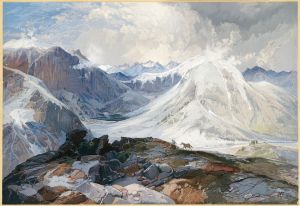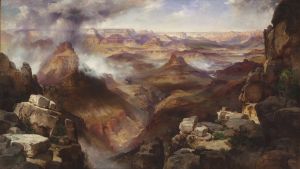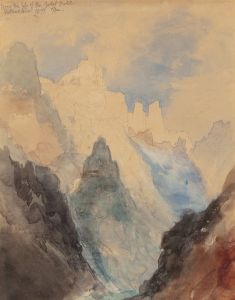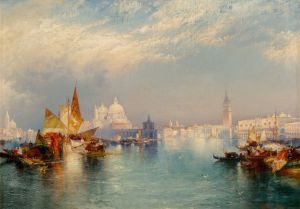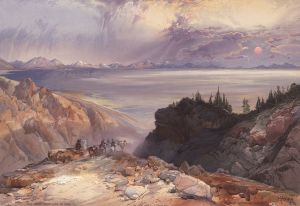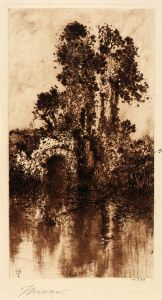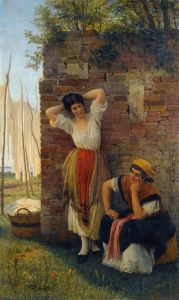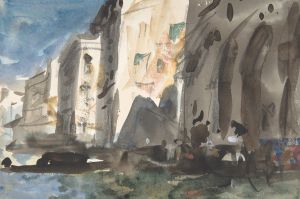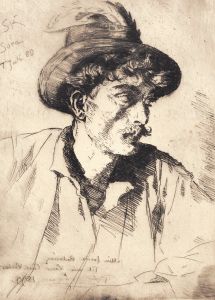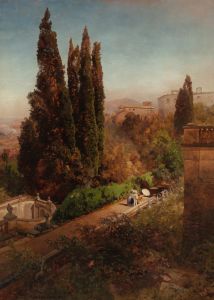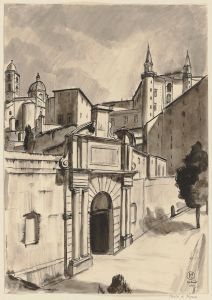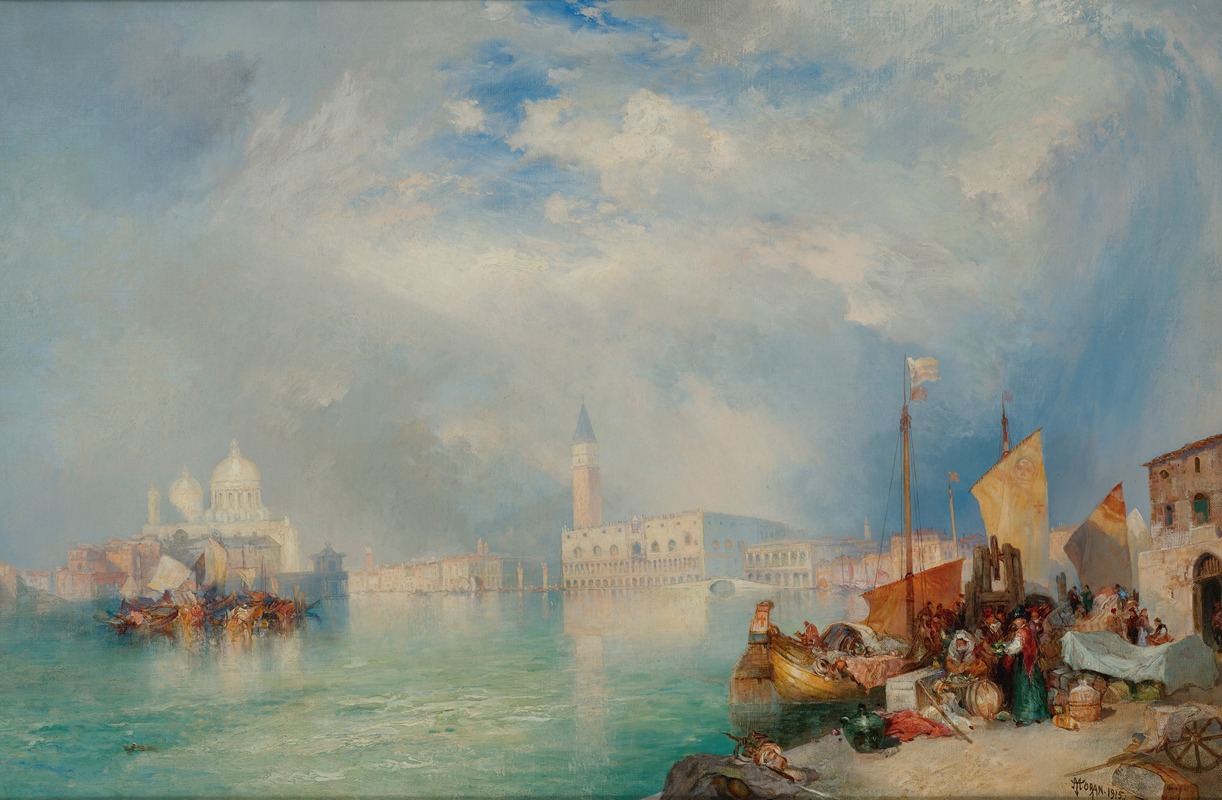
Entrance To The Grand Canal, Venice
A hand-painted replica of Thomas Moran’s masterpiece Entrance To The Grand Canal, Venice, meticulously crafted by professional artists to capture the true essence of the original. Each piece is created with museum-quality canvas and rare mineral pigments, carefully painted by experienced artists with delicate brushstrokes and rich, layered colors to perfectly recreate the texture of the original artwork. Unlike machine-printed reproductions, this hand-painted version brings the painting to life, infused with the artist’s emotions and skill in every stroke. Whether for personal collection or home decoration, it instantly elevates the artistic atmosphere of any space.
"Entrance to the Grand Canal, Venice" is a painting by the American artist Thomas Moran, renowned for his depictions of the American West and his role in the Hudson River School of art. This particular work, however, diverges from his usual subject matter, as it captures the iconic and romantic scenery of Venice, Italy. Moran, born in 1837 in Bolton, England, immigrated to the United States with his family in 1844. He became one of the most prominent landscape painters of his time, celebrated for his dramatic and luminous portrayals of natural landscapes.
The painting "Entrance to the Grand Canal, Venice" exemplifies Moran's ability to convey the enchanting atmosphere of Venice, a city that has inspired countless artists throughout history. The Grand Canal is one of Venice's most famous waterways, serving as a major thoroughfare through the city. It is lined with magnificent buildings, many of which date back to the 13th to 18th centuries, showcasing a range of architectural styles including Gothic, Renaissance, and Baroque.
Moran's depiction of the Grand Canal captures the essence of Venice's unique charm and beauty. The painting likely features the bustling activity typical of the canal, with gondolas and boats navigating the waterway, set against the backdrop of Venice's stunning architecture. The artist's use of light and color would have been instrumental in conveying the vibrant and dynamic atmosphere of the scene, a hallmark of Moran's style.
Thomas Moran's interest in Venice and its iconic landscapes reflects a broader trend among artists of the 19th century, who were often drawn to the city for its picturesque views and rich cultural history. Venice, with its intricate network of canals and historic buildings, offered a wealth of inspiration for artists seeking to capture the interplay of light and water, as well as the city's unique ambiance.
Moran's work, including "Entrance to the Grand Canal, Venice," is characterized by meticulous attention to detail and a keen sense of composition. His ability to render the subtleties of light and shadow, combined with his skillful use of color, allows viewers to experience the scene as if they were standing on the banks of the canal themselves. This immersive quality is a testament to Moran's mastery as a landscape painter.
While Thomas Moran is primarily celebrated for his depictions of the American wilderness, particularly the Yellowstone region, his Venetian works demonstrate his versatility and ability to capture the beauty of diverse landscapes. "Entrance to the Grand Canal, Venice" stands as a testament to Moran's artistic range and his enduring fascination with the natural and built environments.
Today, Thomas Moran's paintings are held in high regard and can be found in various museums and private collections. His work continues to be studied and appreciated for its contribution to American art and its ability to transport viewers to the breathtaking locales he so vividly depicted.





